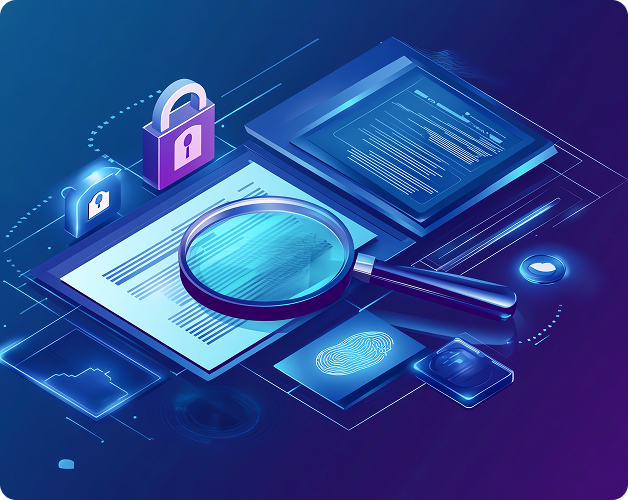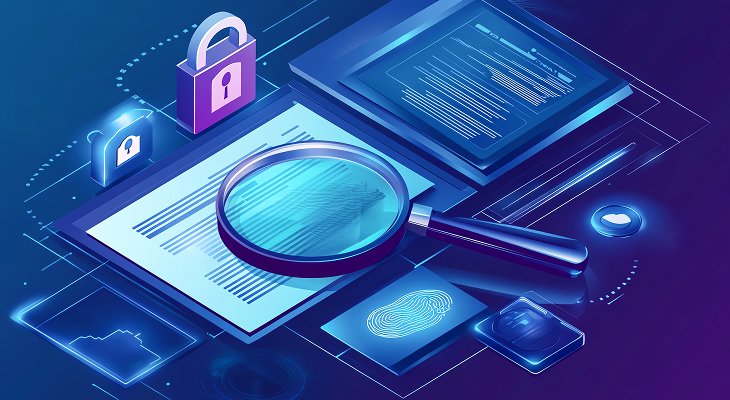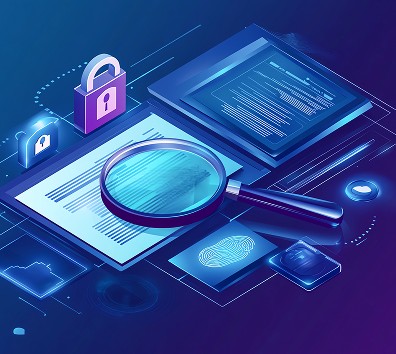SOC 2 compliance can seem overwhelming, but it becomes much more manageable when you understand how to align security controls with your business processes. This approach not only simplifies compliance but also strengthens your overall security posture.
Here’s a step-by-step guide to effectively mapping SOC 2 security controls to your operations.
1. Understand the Trust Services Criteria (TSC)
The foundation of SOC 2 compliance is the Trust Services Criteria (TSC). Each TSC outlines specific security principles you need to address:
2. Identify Your Business Processes
Create an inventory of your business processes and systems that interact with sensitive data. Examples include:
- Data storage and access management.
- User authentication workflows.
- Incident response procedures.
- Vendor and third-party integrations.
- Development and deployment pipelines.
For each process, document the inputs, outputs, roles, and technologies involved.
3. Map SOC 2 Controls to Business Processes
Once you understand the TSC and your processes, align the two:
1. Access Management:
- SOC 2 Requirement: Implement access controls to prevent unauthorized access.
- Business Process: User account creation and management.
2. Incident Response:
- SOC 2 Requirement: Establish procedures to address security incidents.
- Business Process: Incident detection and response.
3. Vendor Management:
- SOC 2 Requirement: Manage risks associated with third-party vendors.
- Business Process: Onboarding and monitoring vendors.
4. Use a Framework or Tool for Simplification
Leverage frameworks or automated compliance tools to streamline mapping. Platforms like Drata can help by:
- Identifying relevant SOC 2 controls for your business.
- Automating evidence collection.
- Monitoring compliance continuously
5. Implementing MFA: A Step-by-Step Guide
Run mock audits to ensure your mapping is accurate and meets SOC 2 requirements. Key areas to validate include:
- Completeness of mapped controls.
- Effectiveness of implemented processes.
- Alignment of evidence with auditor expectations.
6. Optimize for Scalability
As your business grows, so will your processes and risks. Ensure your controls and mappings are adaptable to new systems, tools, and workflows, address emerging security risks, and ensure seamless integration with growing tech stacks.
Conclusion
Mapping SOC 2 security controls to your business processes is more than just a compliance exercise-it’s an opportunity to enhance operational efficiency and security. By following these steps, your organization will be well-prepared for SOC 2 audits and better equipped to handle evolving cybersecurity challenges.
Need expert guidance on SOC 2 compliance?
Need expert guidance on SOC 2 compliance? At Invimatic, we specialize in helping SaaS companies implement tailored SOC 2 controls that align seamlessly with their business processes. Contact us today to learn more!



